Table of Contents
4.1 Vampire Bats
4.2 Mosquitoes
4.3 Leeches
4.4 Ticks
4.5 Bed Bugs
4.6 Sand Flies
4.7 Botflies
4.8 Kissing Bugs
4.9 Horseflies
4.10 Fleas
When we think about creatures that feed on blood, vampires from folklore might come to mind, but in reality, there are many blood-feeding animals in the natural world. These animals, known as sanguivores or hematophages, have specialized diets that revolve around consuming blood from their hosts. While this behavior is mostly parasitic, it plays a vital role in their survival and sometimes even in ecosystem balance.
In this article, we will explore hematophagy, a form of feeding behavior in which animals consume blood, and introduce you to a diverse group of creatures that rely on blood as their primary food source. We'll also delve into their unique adaptations, the ecological role they play, and the potential health risks associated with their feeding habits.
Hematophagy is a dietary practice in which an animal feeds exclusively or primarily on blood. Sanguivores have evolved specific traits that allow them to consume blood, which provides essential nutrients like proteins, iron, and sometimes even vitamins. Blood is a nutrient-dense food, making it an attractive resource for certain species.
The process of blood feeding can be classified as parasitism (where one organism benefits at the expense of another) or ectoparasitism, where the animal feeds on the blood of another animal without necessarily killing it immediately.
Sanguivores are found in a wide range of animal groups, from insects to mammals, and have developed remarkable adaptations that allow them to survive on blood alone. These blood-sucking creatures have specialized feeding mechanisms, mouthparts, and often anticoagulants that help them extract blood effectively.
Many blood-feeding animals belong to the insect and arthropod groups. These include famous parasites like mosquitoes, bed bugs, ticks, fleas, and horseflies. While some are major disease vectors, others contribute to ecosystem dynamics in unique ways.
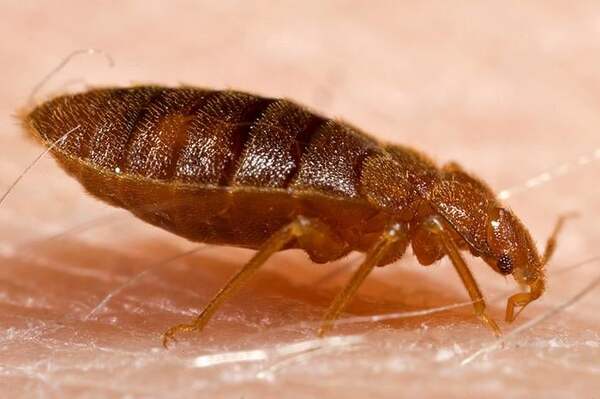
The vampire bat is perhaps the most famous blood-feeding mammal. There are three species of vampire bats, each with specialized adaptations for feeding on the blood of mammals or birds. These bats have evolved to feed nocturnally and use heat sensors to locate blood vessels in their prey.
Here is a comprehensive list of animals that feed on blood, beyond the most commonly known examples:
Vampire bats are nocturnal mammals that feed exclusively on blood. They make small incisions in their host's skin using their sharp teeth and lap up the blood with their tongue. The three species of vampire bats, found in Central and South America, feed mainly on livestock and birds, although they have been known to feed on humans in rare instances.
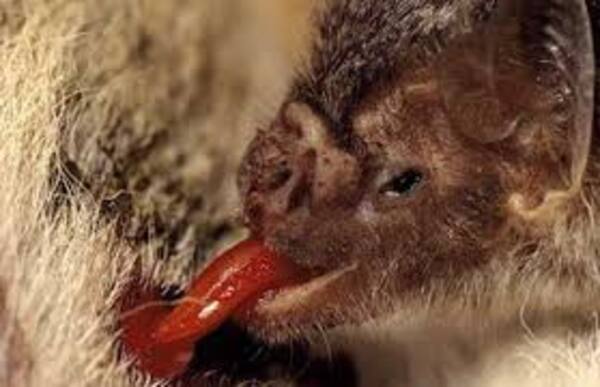
Fun Fact: Vampire bats secrete an enzyme in their saliva called draculin, which prevents blood from clotting, allowing them to feed uninterrupted.
Mosquitoes are some of the most widespread and well-known blood-feeding insects. Female mosquitoes feed on blood to obtain the necessary proteins for egg development. They use specialized mouthparts, called a proboscis, to pierce their host’s skin and draw blood. Mosquitoes are notorious vectors of diseases like malaria, dengue fever, Zika virus, and West Nile virus.
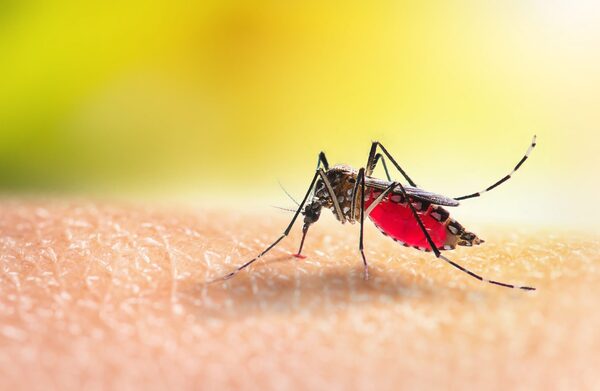
Fun Fact: Only female mosquitoes feed on blood. Males feed on nectar and other plant-based liquids.
Leeches are segmented worms that can be found in freshwater, saltwater, and terrestrial environments. They attach to their hosts using a sucking disc and feed on the blood of fish, amphibians, and even mammals. Leeches secrete hirudin, an anticoagulant that prevents blood clotting while they feed.
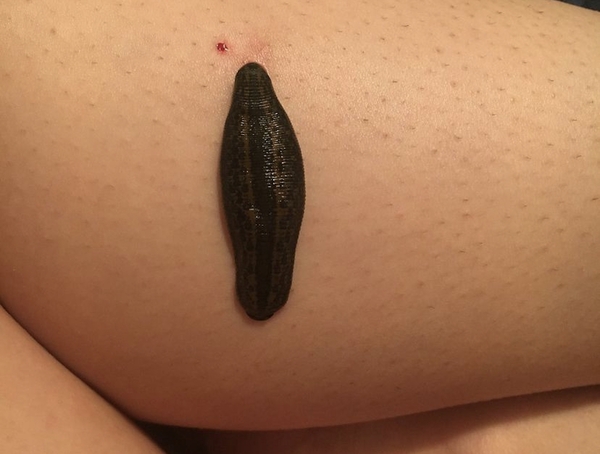
Fun Fact: Leeches have been used for medicinal purposes for centuries, especially in bloodletting practices, and modern medicine still uses them for reconstructive surgery.
Ticks are arachnids (related to spiders) that feed on the blood of mammals, birds, reptiles, and amphibians. They attach to their hosts using specialized mouthparts and often remain attached for several days or weeks. Ticks are infamous for transmitting diseases like Lyme disease, Rocky Mountain spotted fever, and babesiosis.
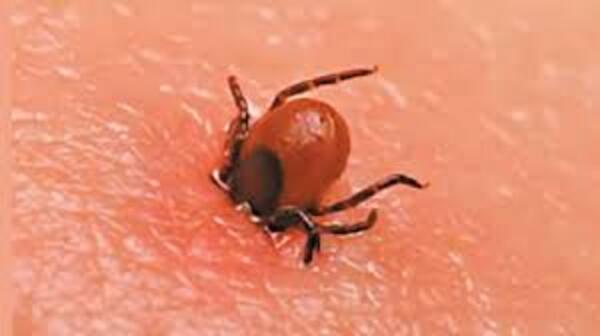
Fun Fact: Ticks can detect their hosts by sensing heat and carbon dioxide from a distance, making them skilled at finding their next meal.
Bed bugs are small parasitic insects that feed on human blood, usually at night. They hide in cracks and crevices during the day and emerge at night to bite their hosts, often causing itching and skin irritation. Bed bugs are not known to transmit diseases, but their bites can lead to allergic reactions in some individuals.
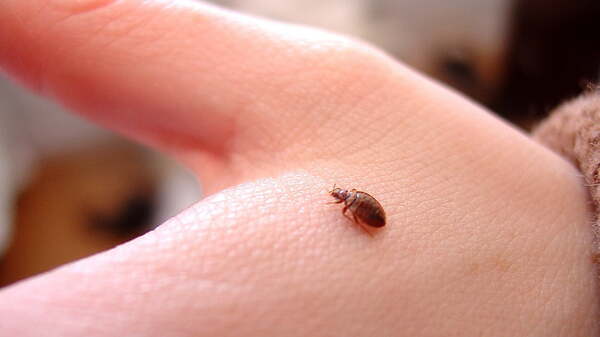
Fun Fact: Bed bugs can survive for several months without feeding, making them resilient in environments where food sources are scarce.
Sand flies are tiny, biting insects that feed on the blood of mammals, birds, and reptiles. Some species are vectors of diseases such as leishmaniasis, a parasitic infection that can cause severe skin lesions.
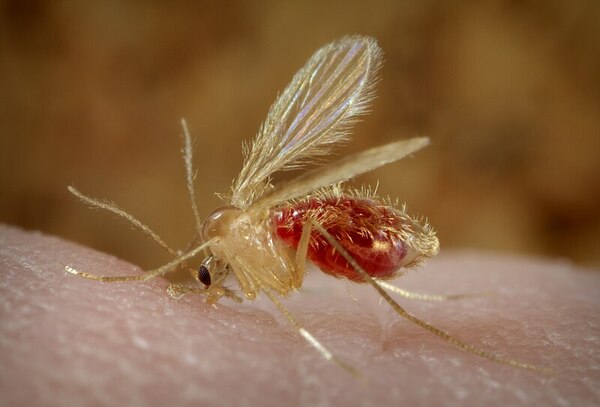
Fun Fact: Sand flies are most active at dawn and dusk, and their bites often result in painful swelling and itching.
Botflies are parasitic insects that lay their eggs on the skin of mammals. The larvae hatch and burrow into the skin to feed on the host's blood. While they don't feed continuously on blood, their larvae do extract nutrients from the host during their development.
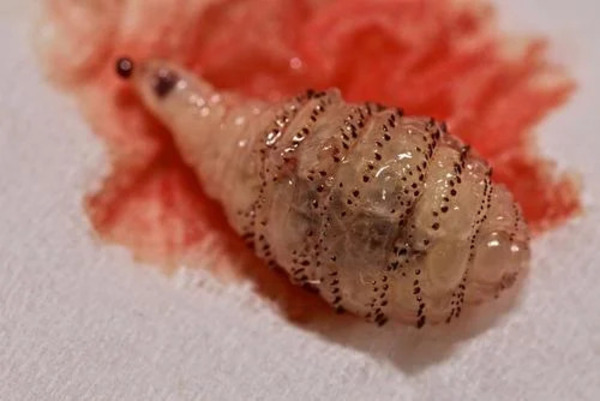
Fun Fact: In some cases, botfly larvae can be surgically removed from the skin without harming the host, but their presence can cause discomfort and infection.
Kissing bugs, or Triatomine bugs, feed on the blood of mammals, including humans. They are named for their tendency to bite around the face, particularly the lips. They can transmit Chagas disease, a potentially life-threatening illness caused by the Trypanosoma parasite.
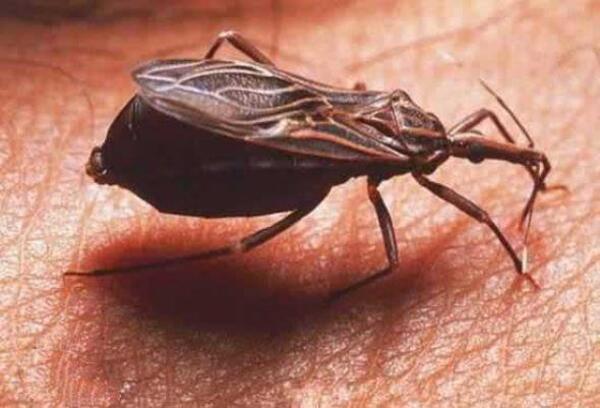
Fun Fact: Kissing bugs are nocturnal and often bite their hosts while they are asleep, causing inflammation and discomfort around the bite site.
Horseflies are large, aggressive insects that feed on the blood of mammals. They have sharp, scissor-like mouthparts that allow them to slice open the skin and feed on blood. Horseflies are known to cause pain and irritation with their bites, but they are also vectors for various diseases in livestock.
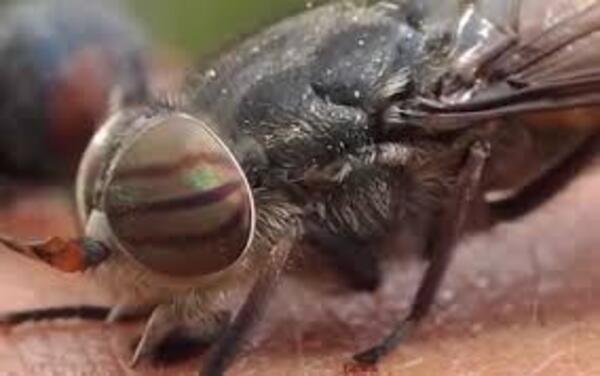
Fun Fact: Horseflies are some of the fastest-flying insects, capable of reaching speeds of up to 90 mph.
Fleas are small, wingless insects that feed on the blood of mammals and birds. They are notorious for infesting pets like dogs and cats and can transmit diseases like bubonic plague and typhus. Fleas are also responsible for spreading tapeworms in pets.
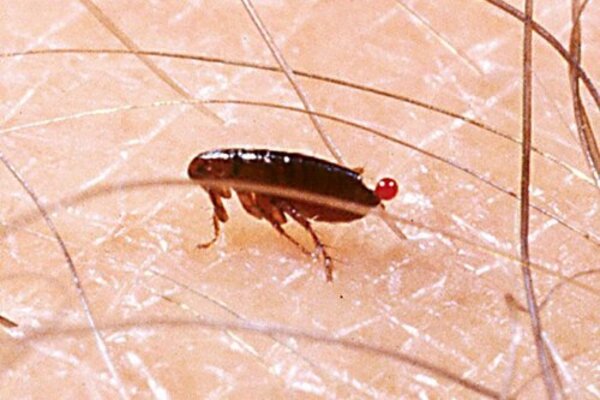
Fun Fact: Fleas can jump up to 200 times their body length, allowing them to move quickly between hosts.
Blood-feeding animals have evolved a variety of specialized feeding mechanisms to help them access and consume blood. These adaptations may include:
Sharp, needle-like mouthparts (e.g., in mosquitoes and ticks) that can pierce the skin and blood vessels of their host.
Suction mechanisms (e.g., in leeches and bed bugs) that allow them to draw blood from their host’s body.
Salivary anticoagulants (e.g., in vampire bats and mosquitoes) that prevent blood from clotting and allow them to feed uninterrupted.
Blood-feeding animals exhibit a wide range of adaptations that enable them to feed on blood efficiently. Some common adaptations include:
Heat sensors: Many blood-feeding insects, like mosquitoes and vampire bats, have heat sensors that help them locate warm-blooded animals.
Anticoagulants: Most blood-feeding species secrete substances that prevent blood from clotting, ensuring a continuous flow of blood during feeding.
Survival tactics: Many sanguivores, such as bed bugs and fleas, can survive without feeding for extended periods, allowing them to endure times when blood is scarce.
Blood-feeding animals play important roles in their ecosystems. They can regulate populations of other animals by feeding on them, contributing to natural population control. In some cases, they help maintain biodiversity by ensuring that stronger individuals survive and reproduce, while weaker or sickly individuals are targeted.
While blood-feeding animals can pose health risks, such as the transmission of diseases like malaria and Lyme disease, they also have benefits in certain contexts. For example, leeches are used in medical treatments for promoting circulation, and vampire bats' saliva has been studied for its potential use in treating blood clotting disorders.
Blood-feeding animals are diverse and fascinating creatures that play crucial roles in ecosystems and have unique biological adaptations. Whether they are mosquitoes, vampire bats, or ticks, these animals have evolved specialized strategies to obtain blood as their primary food source. While they can pose health risks, they are also vital to understanding ecological balance and have even contributed to medical advancements. Understanding these animals helps us appreciate their role in nature and the complex relationships that exist between species.
animal tags: Feed-on-Blood-Entirely
We created this article in conjunction with AI technology, then made sure it was fact-checked and edited by a Animals Top editor.